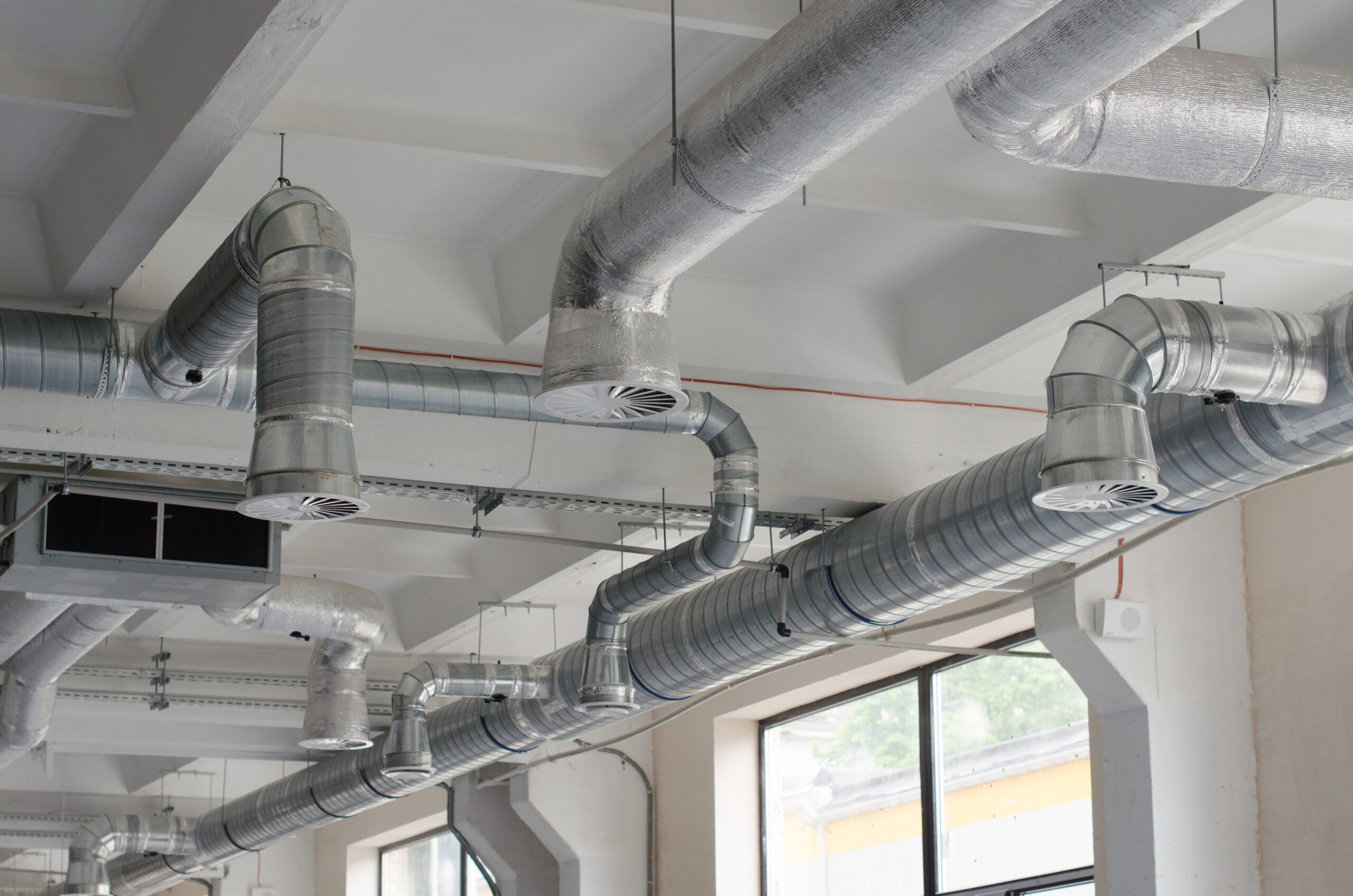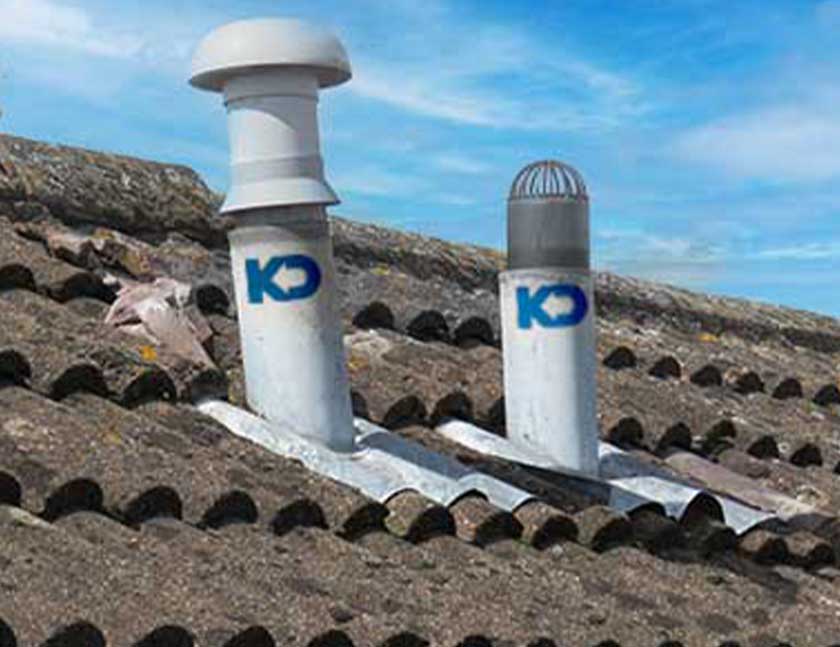Right here on the next paragraphs you can get more extremely good information and facts all about What Is A Plumbing Vent & How Do They Work?.

Proper ventilation in plumbing systems is frequently neglected, yet it is vital for maintaining the capability and security of your home's pipes. Air flow helps regulate air pressure, avoid the accumulation of harmful gases, and guarantee the effective elimination of waste. In this guide, we will discover the significance of proper plumbing ventilation, just how it works, and the advantages it offers your pipes system.
Comprehending Ventilation in Pipes
Ventilation in plumbing refers to the network of pipes that allow air to flow via the water drainage system. These vents offer several functions, including regulating air pressure within the pipelines, preventing sewage system gases from going into the home, and aiding in the smooth circulation of wastewater.
Just How Ventilation Functions in Plumbing Solutions
Air Pressure Law
Proper ventilation keeps well balanced atmospheric pressure within the pipes system. When water streams with pipes, it displaces air. Without appropriate ventilation, this variation can develop adverse pressure, leading to slow down drains or siphoning of water from catches, which can create undesirable odors to permeate right into the home.
Stopping Sewer Gas Accumulation
One of one of the most vital features of plumbing vents is to prevent drain gases, such as methane and hydrogen sulfide, from accumulating within the home. These gases can pose severe wellness risks and are very flammable. Vent pipes allow these gases to run away securely outside.
Assisting in Waste Elimination
Air flow helps in the efficient removal of wastewater by preventing airlocks in the water drainage system. When air can move freely with the vents, it enables water and waste to move efficiently with the pipelines, decreasing the danger of blockages and back-ups.
Kinds Of Plumbing Vents
Main Heap Vent
The primary pile air vent, additionally known as the air vent stack, is the key air vent in a pipes system. It extends from the major drainpipe line up via the roof, allowing gases to get away and fresh air to enter the system.
Branch Vent
Branch vents attach to the primary stack vent and offer individual components, such as sinks, commodes, and showers. These vents make certain that each fixture has sufficient air flow to operate properly.
Air Admission Valve (AAV).
An Air Admittance Shutoff (AAV) is a one-way valve that allows air to go into the plumbing system without the demand for a typical vent pipe prolonging with the roof covering. AAVs are typically utilized in restorations or locations where installing a conventional vent is impractical.
Signs of Poor Ventilation in Plumbing.
Slow Draining Fixtures.
If your sinks, bathtubs, or commodes are draining slowly, maybe an indication of poor air flow. Insufficient air circulation can create a vacuum effect, making it difficult for water to drain correctly.
Gurgling Seems.
Gurgling noises originating from drains are usually an outcome of air being sucked via water traps because of adverse pressure in the pipes. This is a clear indication of insufficient ventilation.
Unpleasant Smells.
Sewage system odors inside your home are a red flag that your pipes system is not appropriately aerated. This could indicate that drain gases are not being adequately vented outside, bring about possibly unsafe problems.
Typical Ventilation Blunders.
Inadequate Vent Sizing.
Making use of small vent pipelines can bring about bad air circulation and stress imbalances in the system. It's necessary to use vents that satisfy the details requirements of your plumbing system.
Improper Vent Positioning.
Positioning vents also far from the components they offer can minimize their efficiency. Proper positioning makes sure that air can flow openly and effectively via the system.
Disregarding Code Requirements.
Building ordinance offer certain guidelines for pipes air flow. Overlooking these codes can result in a system that fails to operate appropriately and might bring about costly repair work or health hazards.
Benefits of Correct Air Flow.
Boosted System Effectiveness.
Appropriately ventilated pipes systems operate much more effectively, with less obstructions, faster draining pipes, and less strain on the pipes. This efficiency prolongs the life-span of the plumbing system.
Improved Air High Quality.
By stopping sewage system gases from entering your home, proper air flow adds to much better indoor air high quality, making your living environment healthier and extra comfy.
Preventing Water Damage.
Appropriate ventilation assists avoid water from being siphoned out of catches, which can result in sewer gases entering the home and causing water damages gradually.
Actions to Ensure Appropriate Air Flow.
Consulting Plumbing Codes.
Always speak with regional pipes codes when creating or changing your plumbing system. These codes supply the necessary guidelines for appropriate airing vent and ensure your system meets security criteria.
Normal Inspection and Maintenance.
Routine assessments can aid recognize possible air flow concerns prior to they come to be significant issues. Upkeep jobs, such as cleaning up vent pipelines and looking for blockages, are necessary for maintaining the system in good working order.
Specialist Installment.
For new installments or significant adjustments, it's important to employ a specialist plumbing. They have the proficiency to ensure the ventilation system is properly made and set up according to code.
Conclusion.
Correct air flow is a crucial component of any pipes system, making sure that it functions effectively and securely. By understanding the significance of air flow, identifying the signs of bad air flow, and taking actions to keep your system, you can prevent expensive problems and shield your home's air top quality.
4 Things You Should Know About Your Plumbing Vents
What Plumbing Vents Are
Also called a vent stack, a plumbing vent is a vertical pipe attached to your drain line that runs through your roof. The plumbing vent pipe, or plumbing air vent, removes gas and odors from your plumbing system and allows fresh air to enter the pipes, helping the water to flow out of the drain pipes.
What Plumbing Vents Do
Plumbing vents have two basic functions. One of which is to allow unpleasant smelling wastewater and sewer gasses to escape your plumbing system instead of entering your home. Plumbing vent pipes are typically located on roofs, away from windows, to ensure the fumes exit the home completely.
The other function of the plumbing vent is to move fresh air into your plumbing system. This helps move water through every plumbing fixture in your house, like toilets and sink drains. Think of the way in which you need to let a little air into the bottle as you pour soda in order to make the drink flow smoothly.
Different Types of Plumbing Vents
True vent: This is the most common vent option. In simplest terms, a true vent is a vertical pipe attached to your drain line that exits through the roof. They often function as the main vent that other fixtures can connect to. Re-vent pipe or auxiliary vent: Attached to the drain line near specific plumbing fixtures, re-vent pipes run up and over to connect to the main vent. Common vent: Two plumbing fixtures installed on opposite sides of a wall are typically tied into the vent stack using something known as a sanitary cross. Wet vent: This venting option operates as a drain pipe and a vent at the same time. Wet vent drainage systems drain water from one fixture while venting the air from another. Although they’ve been used for over 100 years, wet vent systems have only recently been added to the plumbing code in many areas. If you’re planning on installing one in a bathroom remodel, make sure you check your local code prior to construction. Loop vent: For free-standing fixtures like kitchen island sinks, loop vents are ideal. These vent pipes run under the floor, rise from the P-trap, and create a loop inside the cabinet sink. Air admittance valve: An AAV is a one-way mechanical valve typically installed at the site of the plumbing fixture. AAVs allow venting to occur without having to tie into a larger venting system. They’re ideal for venting fixtures where you aren’t able to easily connect to an existing vent system. Common Plumbing Vent Issues
Although vent pipes typically don’t have water flowing through them, they’re still subject to many typical plumbing issues. For example, clogs are one of the most common problems associated with sewer vent pipes. If your vent pipe gets clogged, all of your plumbing fixtures tied into the vent stack will be affected.
A sink with a slow drain that bubbles and gurgles or a strong sewage smell around your toilet are both indicators that your toilet vent pipe is clogged. Because most vent pipes exit through the roof, old leaves, twigs or even a bird’s nest could be clogging the pipe.
Clogs in your vent pipe system cause a buildup of negative pressure, meaning that water won’t be able to flow out of your home very well. It’s similar to putting your finger over the opening of a straw to trap water inside. When you remove your finger, the water is able to flow out of the straw.
If you suspect you have any blockage in your vent, make sure you have a professional come examine the situation. Left unchecked, a blocked air vent can lead to other costly repairs, like leaks and sediment buildup.
Under Pressure
Pipe vents are essential aspects of a home’s plumbing system. Owning a home means learning about all sorts of things you never put much thought into before. But by understanding as much as you can about the important systems of your home, you can keep those budgets intact and those anxiety levels low.
https://www.homeserve.com/en-us/blog/home-improvement/plumbing-vents/

I found that blog posting on The Upsides of Proper Ventilation in Plumbing Design while doing a search on the internet. For those who enjoyed reading our post if you please remember to pass it around. Thanks so much for your time spent reading it.
Schedule Here